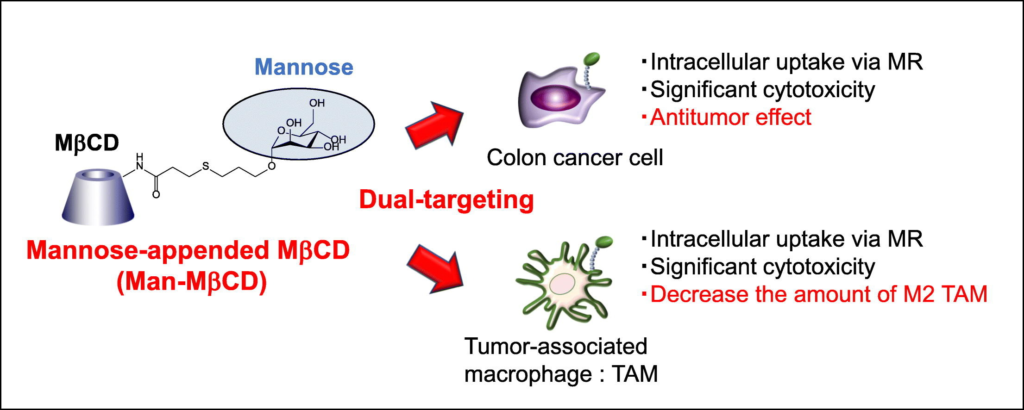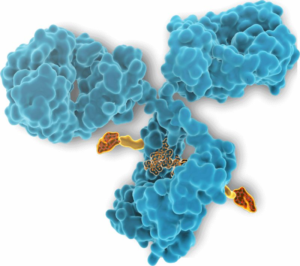Cyclodextrin as a green anti-agglomerate agent in oil-water emulsion containing asphalt
University of Science and Technology Beijing presents a very unique use of CDs:
Anti-agglomerate agents (AAs) are a cost-effective method to prevent hydrates from clogging submarine oil/gas pipelines. However, conventional AAs such as Span 80 is not applicable in oil/gas pipelines rich in asphalt because asphalt is easy to occupy the binding sites on the water droplet surface. On the other hand, CDs show excellent anti-agglomerate characteristics in oil–water systems containing asphalt by forming stable hydrogen bonds with water molecules. Compared with Span 80, the initial contact time between water droplets and hydrate is delayed by five times after adding CD molecules. CD-asphalt interaction prevents water droplets from spreading on the hydrate surface by maintaining the stability of the emulsion.
The unique properties of CD provide a molecular basis for developing more green and efficient AAs.









